Types of Retinal Damage
Symptoms Causes Structure Photoreceptors Connective Hole / Wrinkle in the macula Sugar balance Vitamin A
The retina is a layer of light-sensitive tissue which lines the inside of the eye. When light passes through the lens and hits the retina electrical and chemical agents stimulate nerve impulses and send the message of what is being seen to the brain. The layers of the retina are composed of nerve cells just like the brain.
Vitamins
& Supplements
Not sure which to get?For help call us at 845.475.4158
Complete Product List
Essential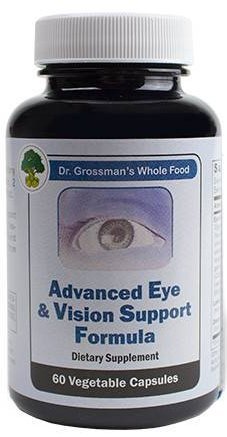 Advanced Eye & Vision Support Formula (whole food) 60 vcaps Advanced Eye & Vision Support Formula (whole food) 60 vcapsWhole food, wild crafted herbal vegetarian formula with vision antioxidants, chemical- and preservative-free. |
Essential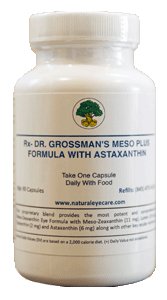 Dr. Grossman's Meso Plus Formula with Astaxanthin - 90 vcaps (3-month supply) Dr. Grossman's Meso Plus Formula with Astaxanthin - 90 vcaps (3-month supply)Meso-zeaxanthin, Lutein, Zeaxanthin & Astaxanthin for overall retinal support and computer eye strain. |
Essential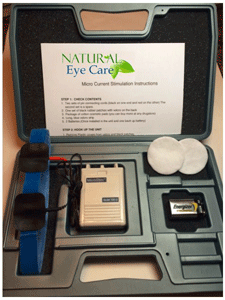 Microcurrent Stimulation 100ile Purchase Option Microcurrent Stimulation 100ile Purchase OptionHelps improve circulation & reduce waste build-up. |
Essential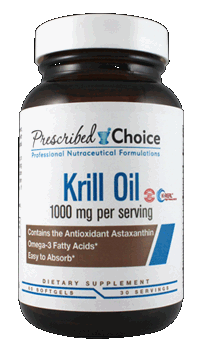 Krill Oil, 1000mg 60 softgels Krill Oil, 1000mg 60 softgelsHigh quality omega-3 fatty acid formula with astaxanthin. |
Very Important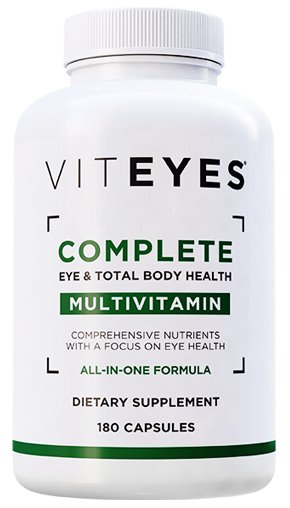 Viteyes Complete - 180 caps Viteyes Complete - 180 capsMultivitamin & eye multivitamin |
Very Important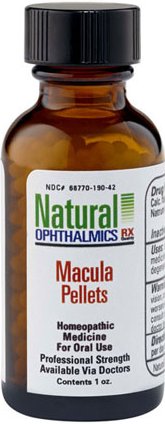 Macula Support Homeopathic Pellets Macula Support Homeopathic PelletsSupports macular health |
Very Important Dr. Grossman's Bilberry/Ginkgo Combination 2oz (60ml) Dr. Grossman's Bilberry/Ginkgo Combination 2oz (60ml)Bilberry/Ginkgo Wild crafted extract formula. |
| Important Total Ocular Function Oral Spray 30ml Melatonin (50) MZS 60 x 3mg Tabs Retinal Support (wild-crafted herbal formula) 2 oz Helpful Resveratrol Ultra High Potency 60 gels - Antioxidant |
Structure
The retina is the most internal layer of the eye. This layer is a very thin, delicate membrane. The term "retina" means "net" or "cobweb" and relates to the appearance of blood vessels within the retina. The retina consists of an outer pigment cell layer and an internal neural layer. In the back of the retina there is a circular depressed area called the optic disc; this is where the optic nerve enters the eye and where its fibers spread out in the neuronal layer of the eye. Because the optic disc contains only nerve fibers and no photoreceptor cells (rods or cones), it is insensitive to light. This is the part of the eye responsible for creating the blind spot that we all notice, most often when we drive.

- The outer neural layer which contains nerve cells and blood vessels;
- the photoreceptor layer which is a single layer containing the light sensing rods and cones;
- a pigmented retinal epithelium (RPE), with the bruch's membrane separating the RPE from the choroid layer; and
- the choroid layer, consisting of connective tissue and very fine capillaries known as choriocapillaries. The tiny capillaries are responsible for carrying nutrients and oxygen to the cellular layers above them.
Learn more about retinal structure and how the retina works.
Symptoms & Effects
The early effects of retinal damage may or may not display noticeable changes in vision. If the damage is near the macula, one could notice various visual effects such as general poor vision, distortion of images such as straight lines appearing wavy, blurry spots in one's central vision, and/or "jack in the box" vision with images appearing and disappearing.
- Dim central vision
- Distorted central vision
- Straight lines that appear wavy
- Spots in the central vision that may appear blurry or dark
- Images that appear then disappear
Causes of Retinal Damage
- Conditions that run genetically in families
- Chronic stress
- Steroids and other damaging drugs.
- Elevated blood sugar (such as in pre-diabetes and diabetes).
- Chronic inflammatory conditions such as rheumatoid arthritis, Crohn's disease.
- Heart disease/poor circulation/high blood pressure
- Chronic digestive issues
- Other health conditions such as kidney disease, certain bacteria
- Other vision conditions such as macular degeneration or myopia, or retinitis pigmentosa.
- Trauma or injury to the eye
- Lack of oxygen to the eye due to poor circulation or too tight contact lens
- Damage to photoreceptors in the retina
- Damage due to changes in sugar balance
- Damage due to changes in connective tissue
- Some vision conditions are worsened by vitamin A
- Also see macular degeneration
Support for the retina

Certain nutrients such as lutein, zeaxanthin, vinpocetine, l-lysine, bilberry, taurine, alpha lipoic acid, lycopene, and a number of vitamins and enzymes and fish oil support the health of these retinal layers.
Also see our juicing recipe to help support retinal health. Juicing is a great way to quickly make nutrients available to your digestive system.
Related conditions
- Best's disease
- Central serous choroidopathy (CSR)
- Choroidal neovascularization
- Lattice degeneration
- Usher syndrome
- Macular degeneration
Symptoms Causes Retinal structure Photoreceptors Connective tissue Hole or Wrinkle in the macula Sugar balance Vitamin A Retinal support nutrients
 info@naturaleyecare.com
info@naturaleyecare.com



 Home
Home



 Vision
Vision Vision
Vision



 Health
Health Health
Health Research/Services
Research/Services Pets
Pets About/Contact
About/Contact


